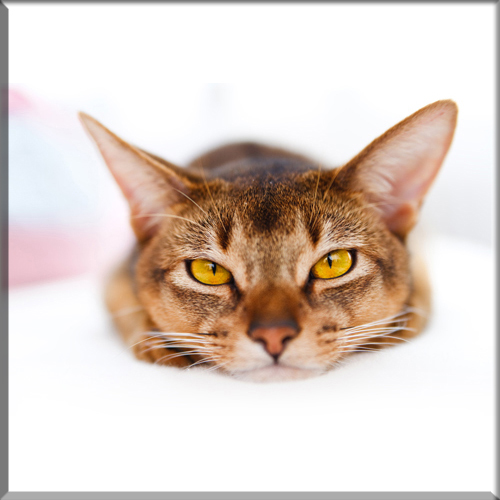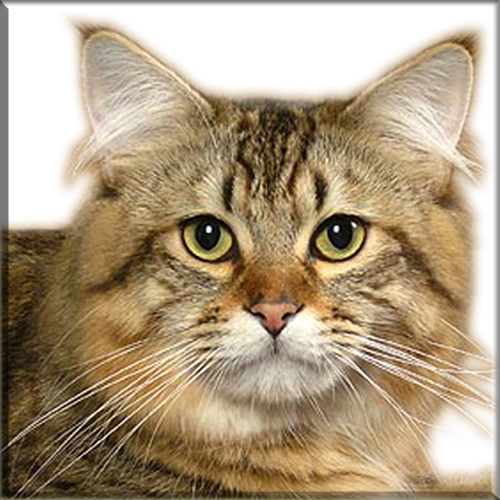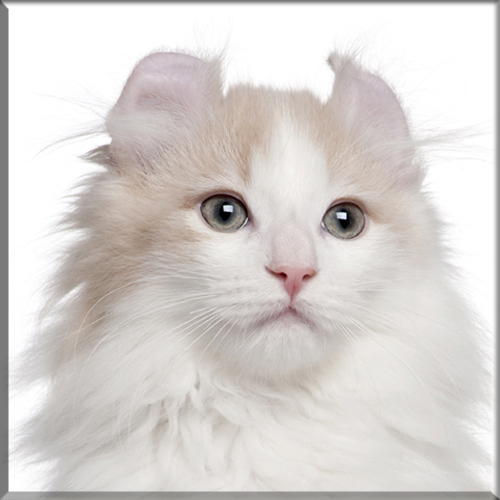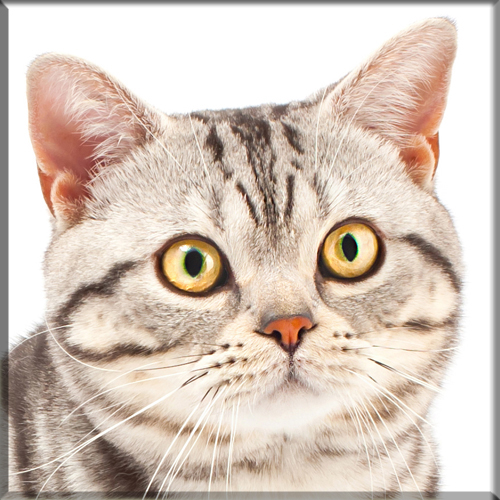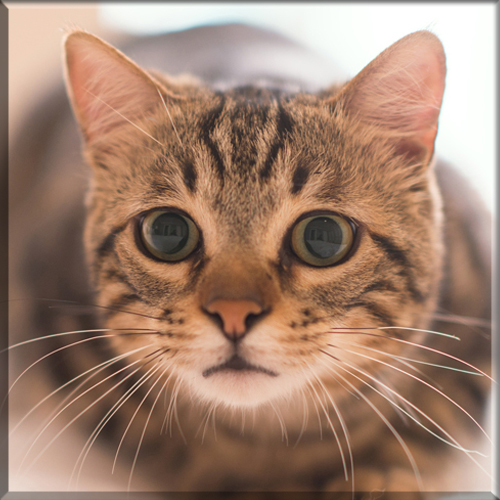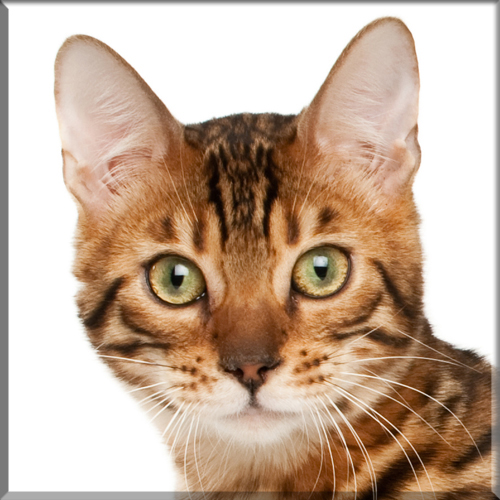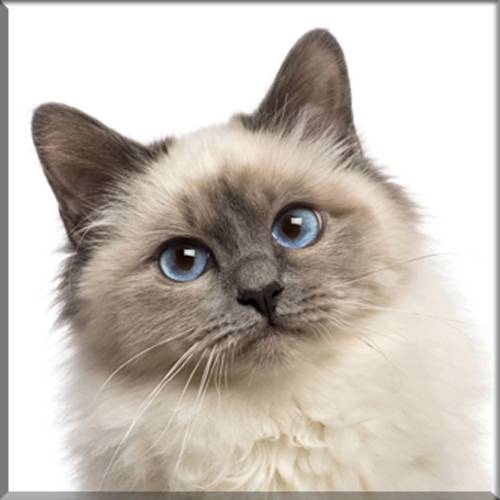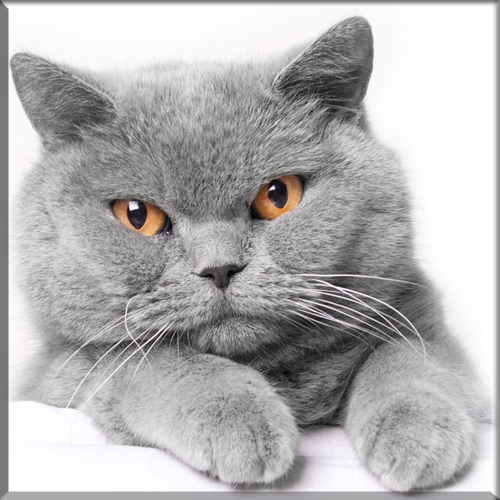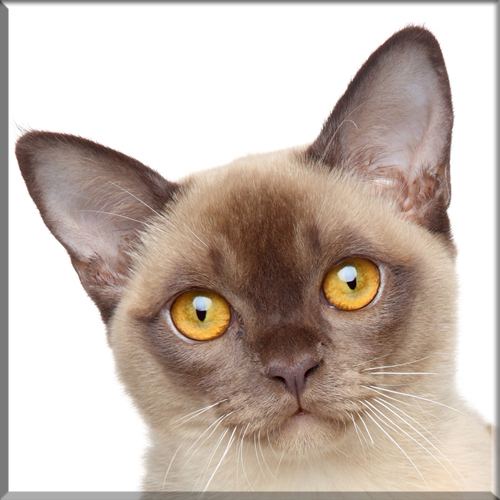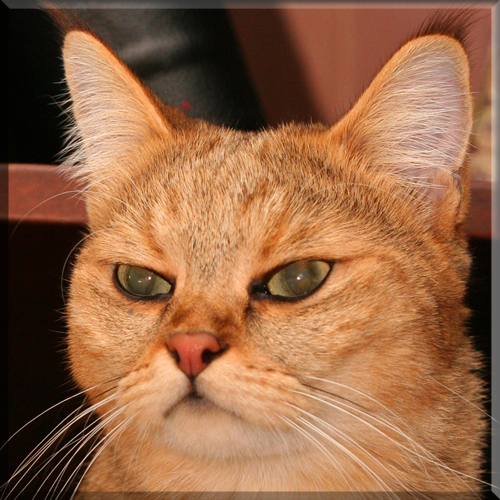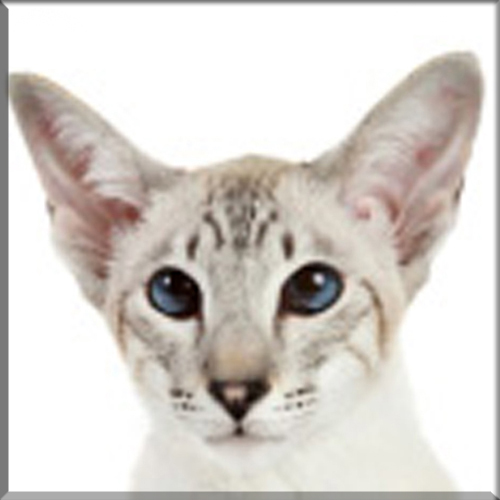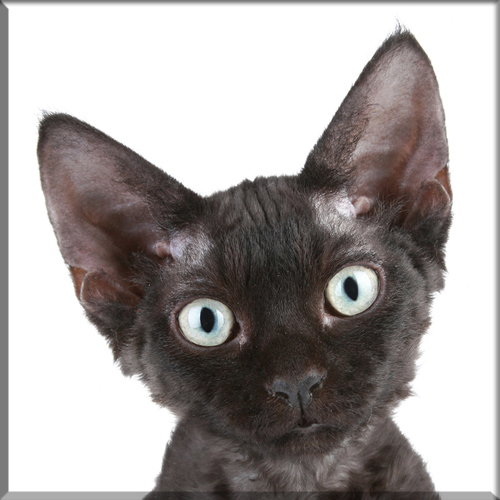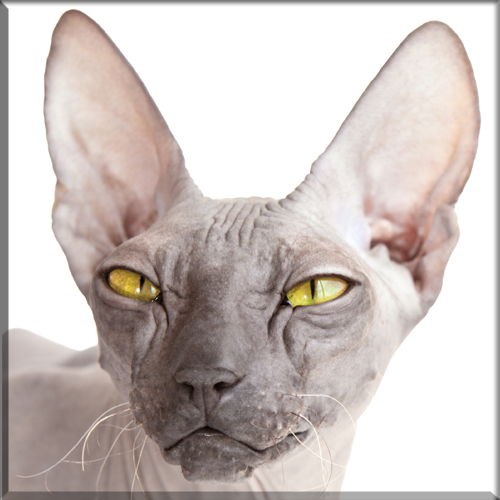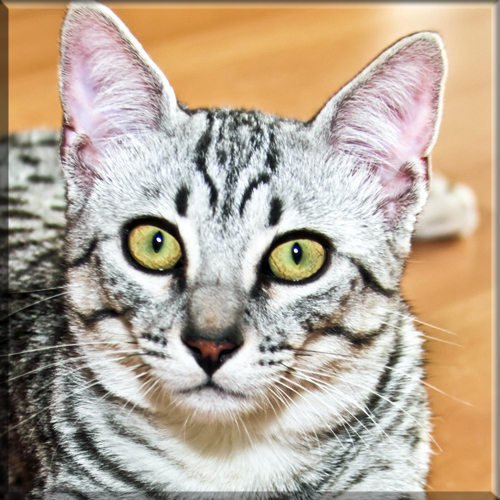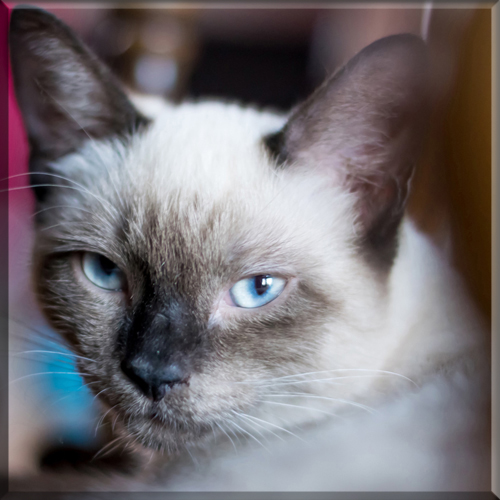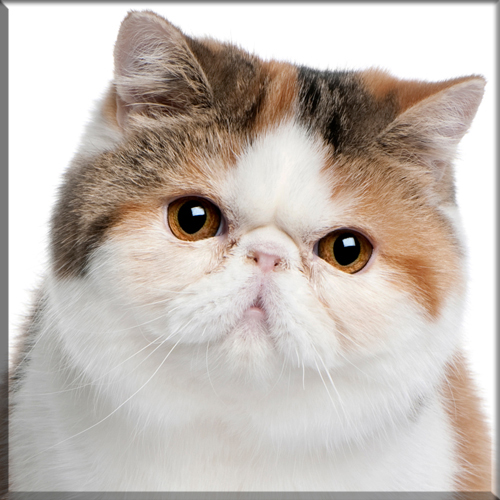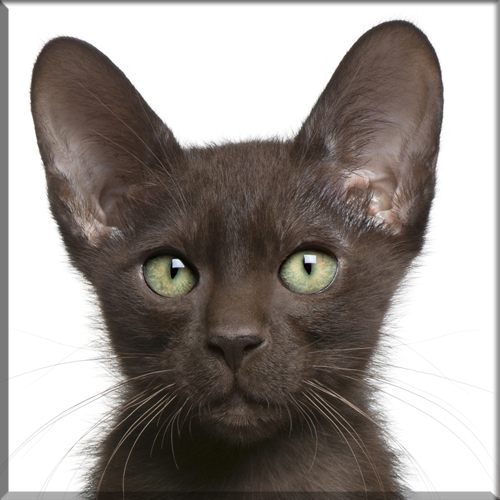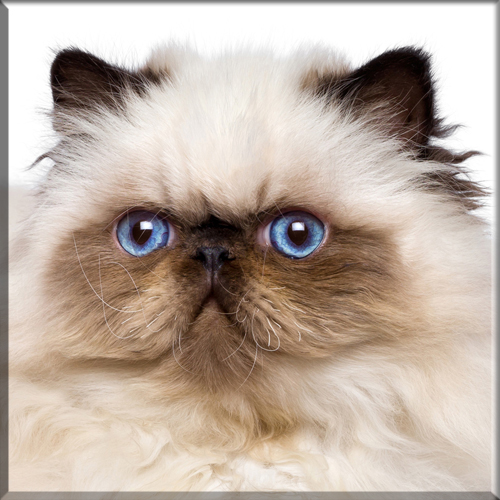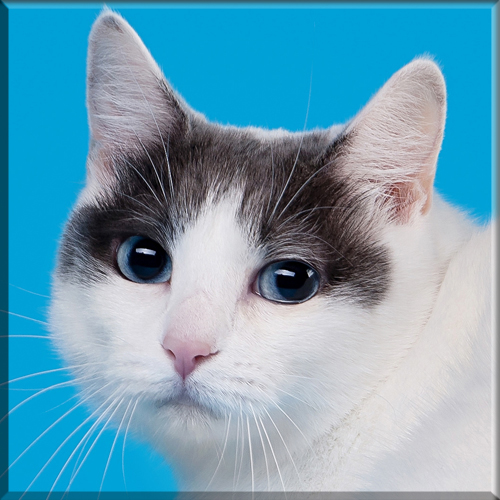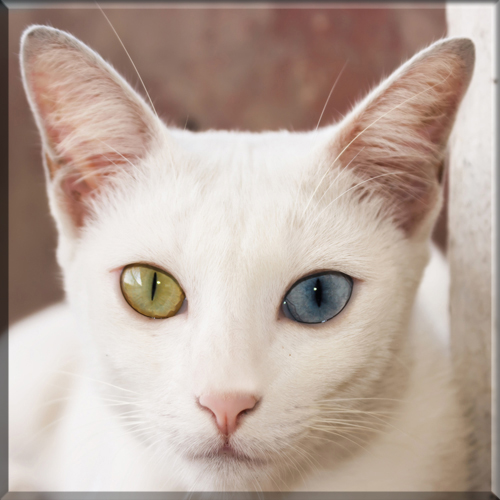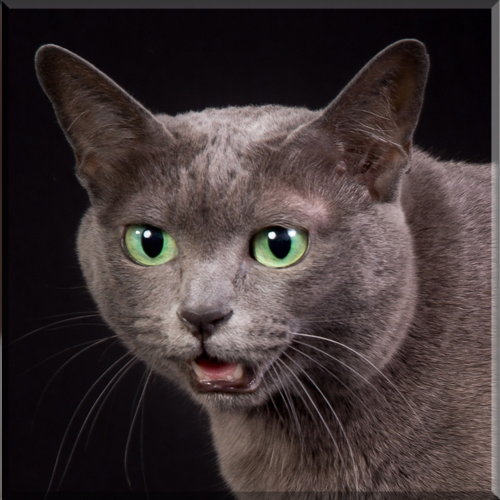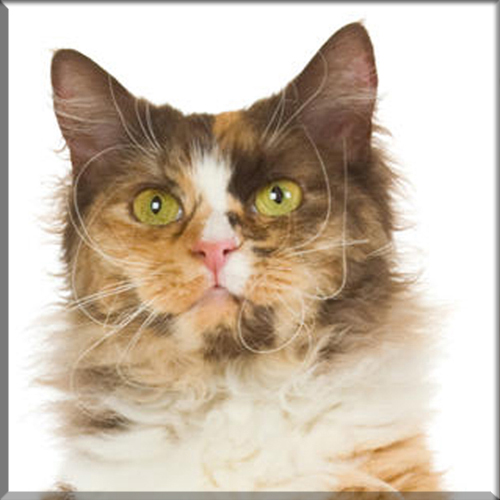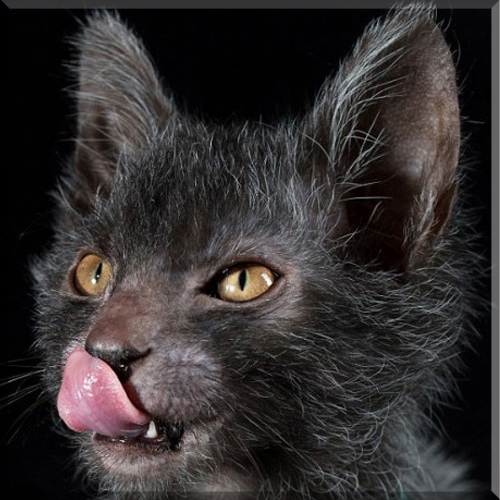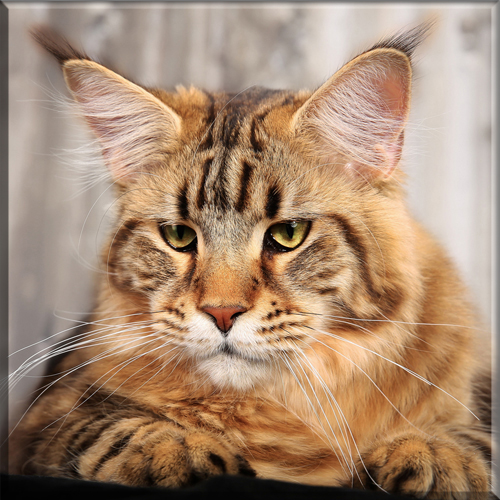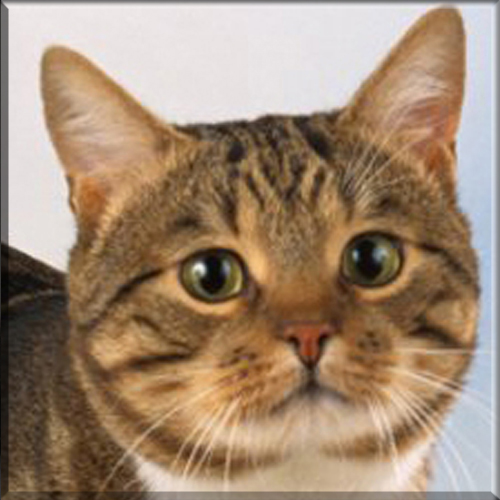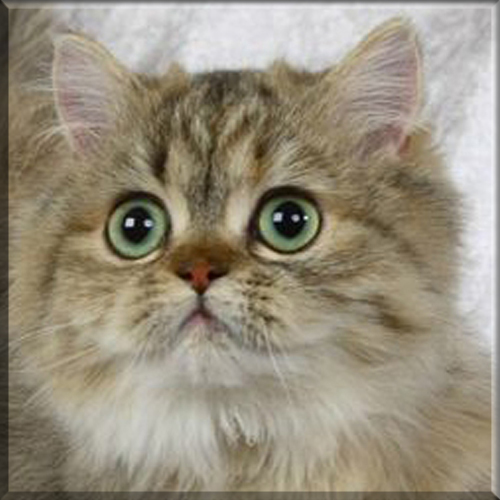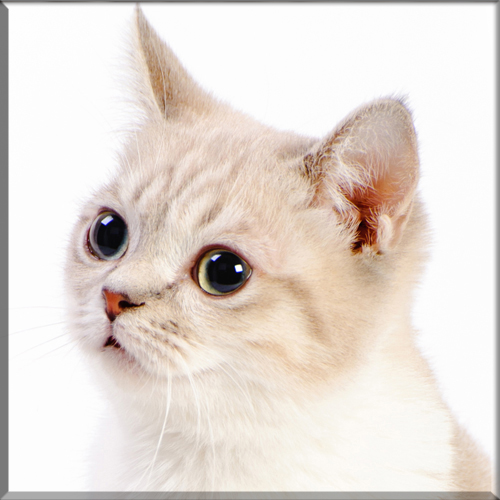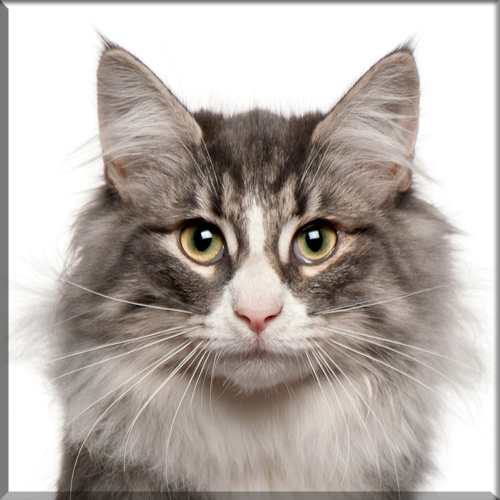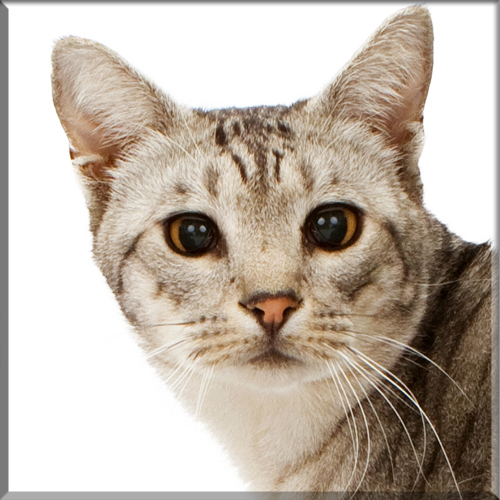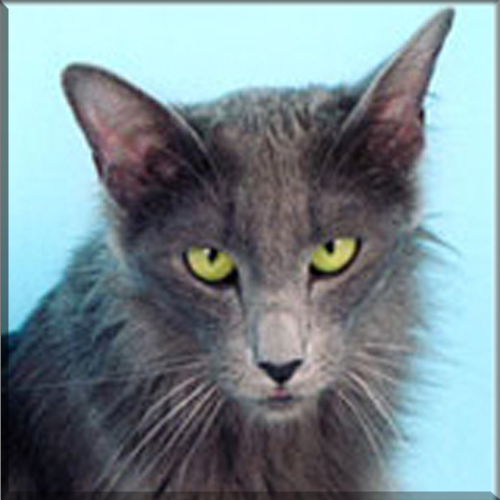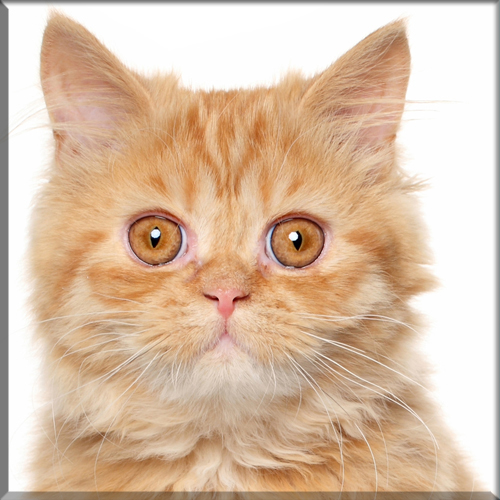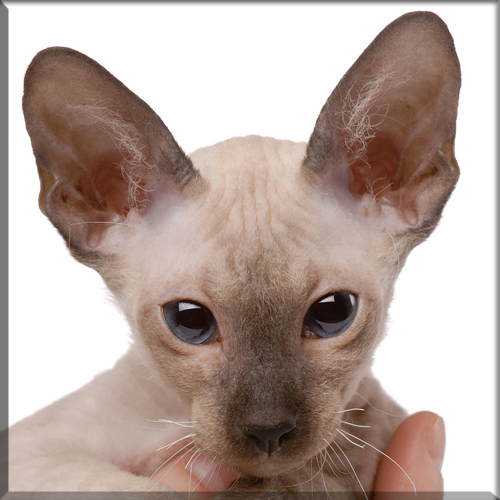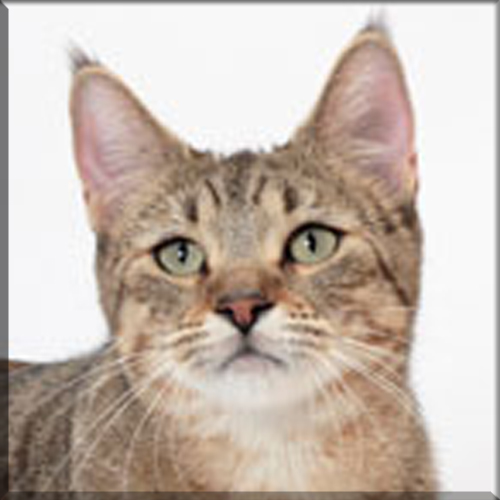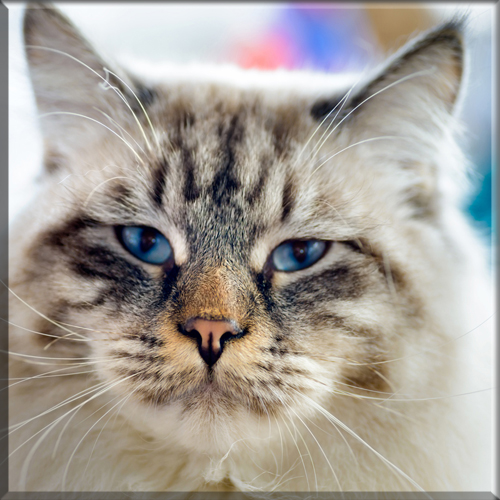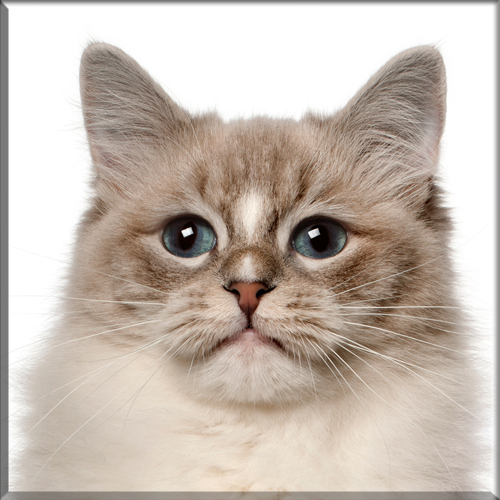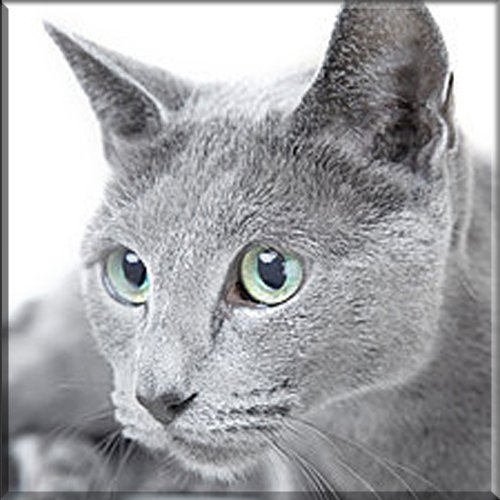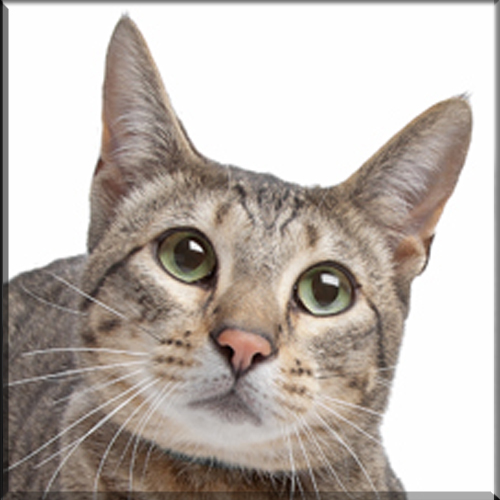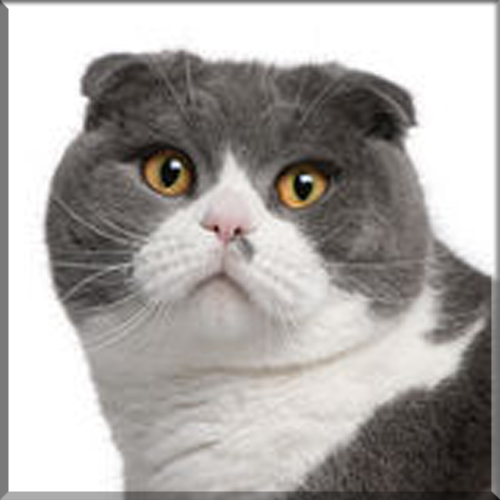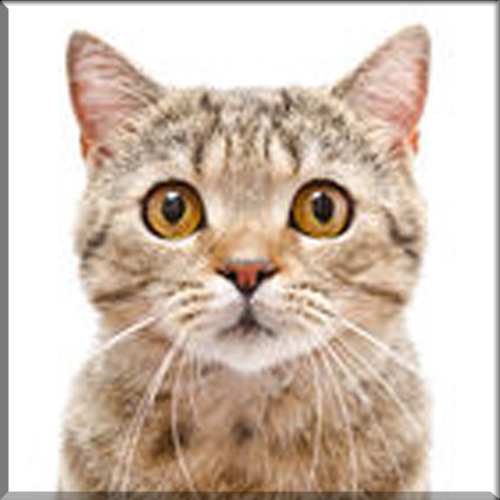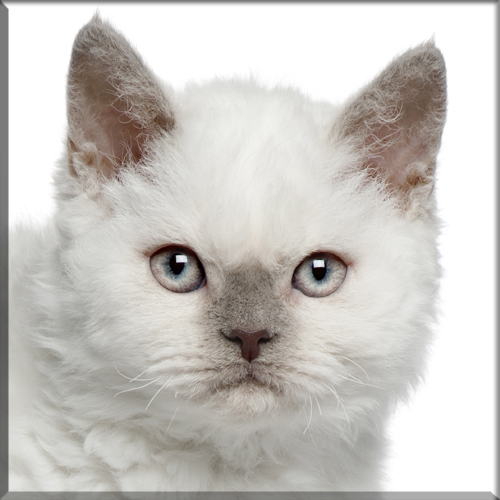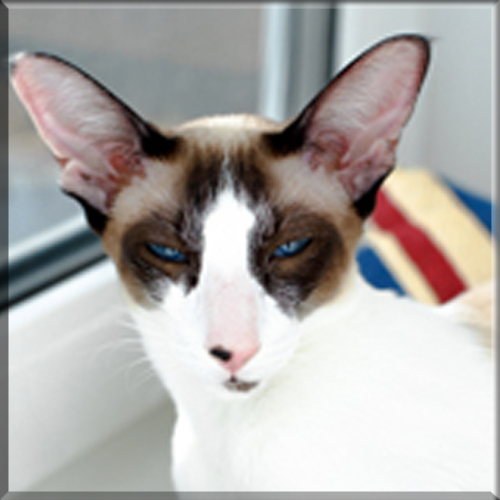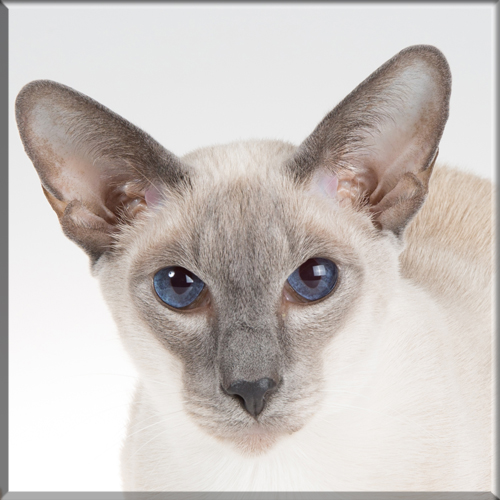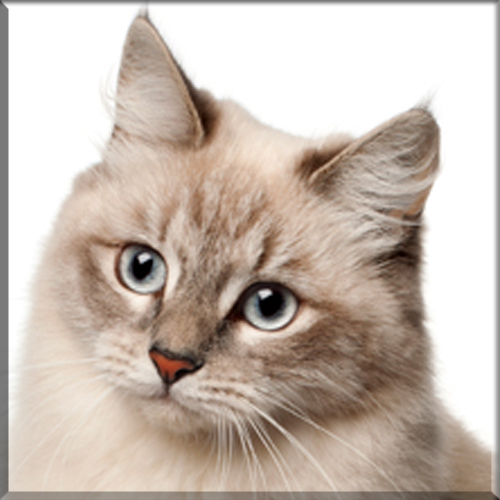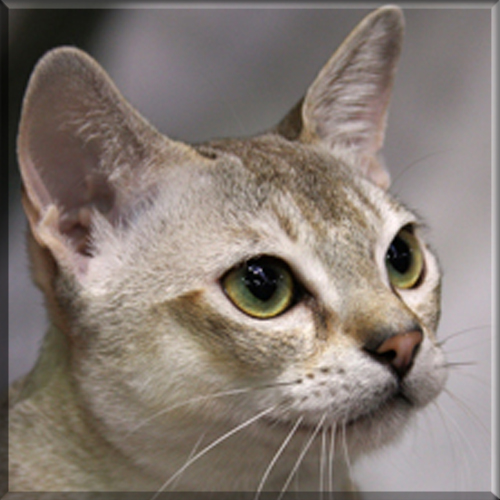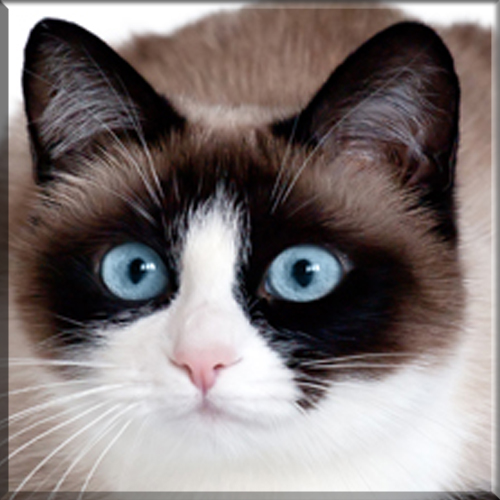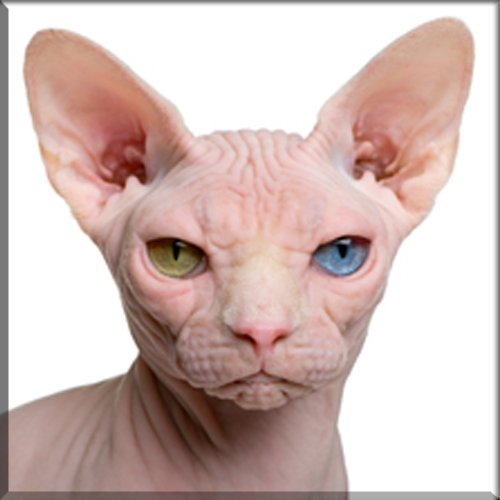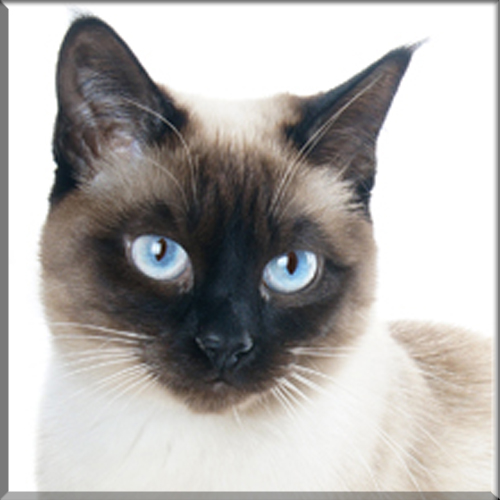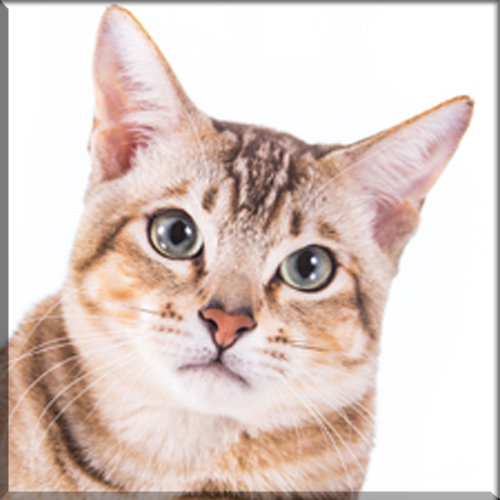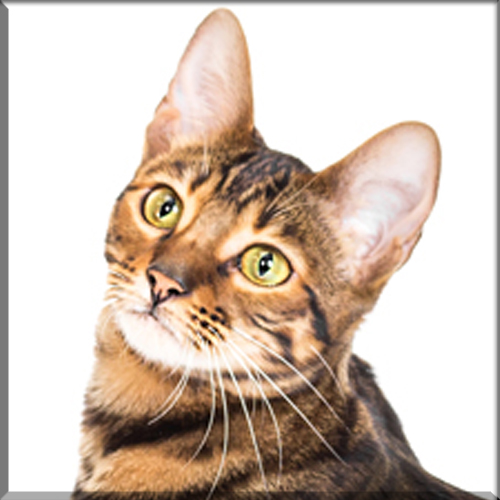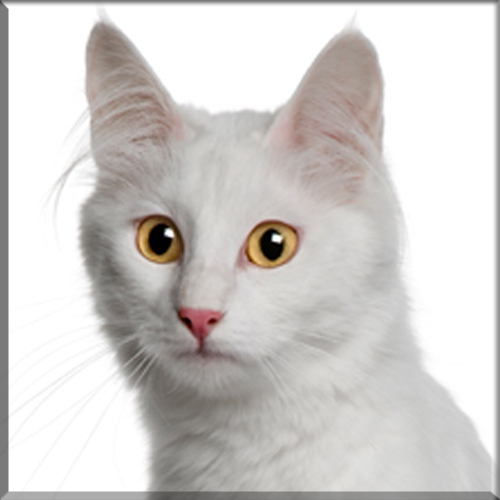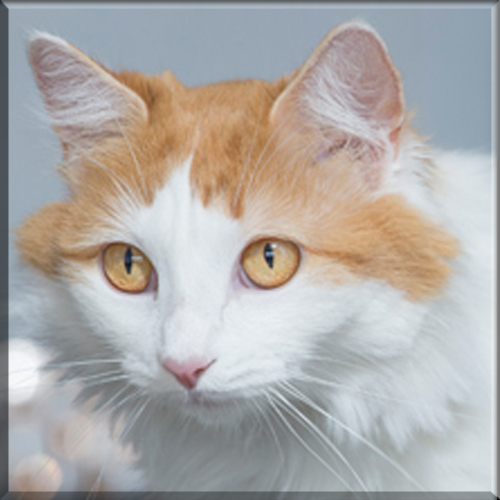Japanese Bobtail
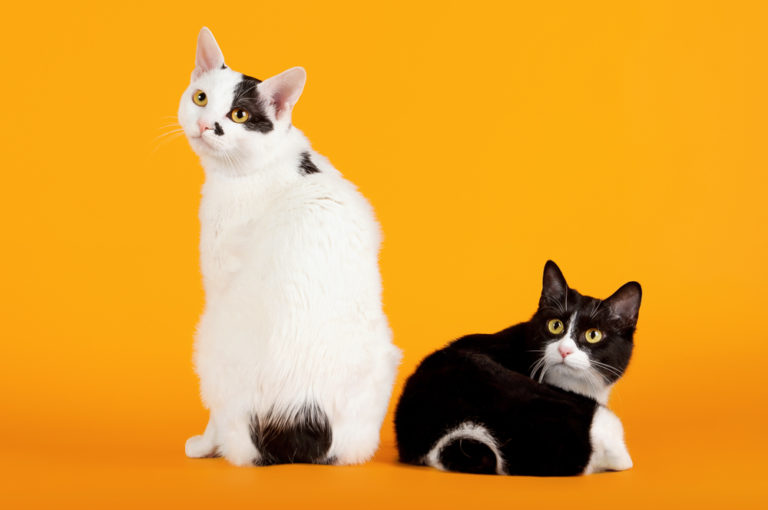
Appearance and features:
The Japanese Bobtail’s head should form an equilateral triangle. (Not including ears)
They have large, upright, wide set ears that sit at right angles to the head and look as if alert.
Their muzzle is fairly broad and round, and eyes are oval shaped. Their body is a medium size, long torso that is lean and elegant, showing well developed muscular strength and balance. The neck is proportioned to the length of the body, with long slender legs, boasting a medium to long silky soft fur coat. The short tail must be clearly visible and is made up of one or more curved articulations.
Size:
Family:
Coloring:
Origin:
One theory of short-tailed cats in Japan indicates that they arrived from the Asian continent at least 1,000 years ago. In 1602, Japanese authorities decreed that all cats should be set free to help deal with rodents threatening the nation’s silkworm population and associated industry. At that time, buying or selling cats was illegal, and from then on, bobtailed cats lived on farms and in the streets. Japanese Bobtails thus became the “street cats” of Japan.
Around 1701, in Kaempfer’s Japan, the first book written by a Westerner about the flora, fauna, and landscape of Japan, German doctor Engelbert Kaempfer wrote, “there is only one breed of cat that is kept. It has large patches of yellow, black and white fur; its short tail looks like it has been bent and broken. It has no mind to hunt for rats and mice but just wants to be carried and stroked by women.”
In 1968, Elizabeth Freret is the first known person to have imported the Japanese Bobtail to the Western Hemisphere from Japan. The short hair Japanese Bobtail was accepted for Championship status in the Cat Fanciers’ Association in 1976. Recognition for the long hair variety followed in 1993. As of 2013, there are a number of Japanese Bobtail breeders, most of which are based in North America with a few in Europe and at least one in Japan; yet the breed remains rare.
The Bobtail cats are considered to be a lucky breed and to own one promises prosperity and happiness. The tricoloured, Mi-Ke (pronounced ‘mee keh’) is known as the luckiest colour for this breed. There is a Japanese statue of a cat with its paw in the air called Maneki Neko (translates to ‘beckoning cat’) and is an artist interpretation of the bobtail. These statues are common in many Japanese shops as they are thought to attract good people.
The Tail:
The short tail is a cat body-type mutation caused by the expression of a dominant gene. The tail is both shortened and kinked in Japanese Bobtails. The gene is fixed/always homozygous in the breed, so generally all kittens born to even one Japanese Bobtail parent will have bobtails as well. A bobtailed cat that is heterozygous for the gene may have kittens with or without the trait . Unlike the dominant Manx gene, the Bobtail gene is not associated with skeletal disorders. The Bobtail gene causes a reduced number of tail vertebrae, as well as some fusion of tail vertebrae. This type of tail is not only unique to the breed but also to each individual cat, no two are exactly alike. For it to be considered a true bob tail cat the tail must not exceed three inches from the point of extension to the tailbone.
Temperament:
Health concerns:
Breed Characteristics
Here is a helpful guide for the different characteristics of the breed. On a Scale of 1-5. 1 being very low level to 5 being high level.
Hypoallergenic: No
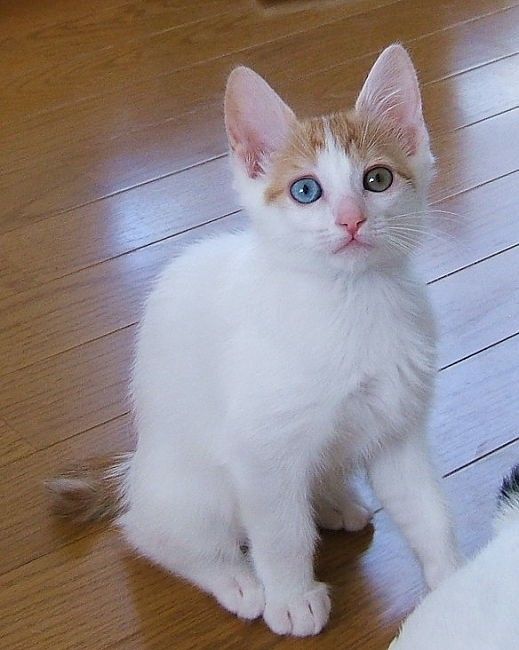
Breeders With Currently Available Kittens
All The Cat Breeds
- Abyssinian
- American Bobtail
- American Curl
- American Shorthair
- American Wirehair
- Balinese
- Bengal
- Birman
- Bombay
- British Shorthair
- Burmese
- Burmillia
- Charteux
- Chausie
- Colorpoint Shorthair
- Cornish Rex
- Devon Rex
- Donskoy
- Egyption Mau
- European Burmese
- Exotic
- Havana Brown
- Highlander
- Himalayan
- Japanese Bobtail
- Khao Manee
- Korat
- LaPerm
- Lykoi
- Maine Coon
- Manx
- Minuet / Napolean
- Munchkin
- Norwegian Forest Cat
- Ocicat
- Oriental Longhair
- Oriental Shorthair
- Persian
- Peterbald
- Pixie Bob
- Ragamuffin
- Ragdoll
- Russian Blue
- Savannah
- Scottish Fold
- Scottish Straight
- Selkirk Rex
- Seychellois
- Siamese
- Siberian
- Singapora
- Snowshoe
- Somali
- Sphynx
- Thai
- Tonkinese
- Toyger
- Turkish Angora
- Turkish Van

